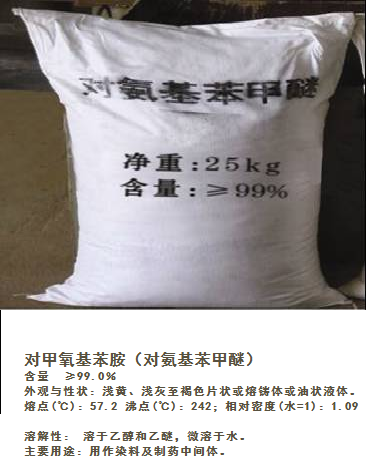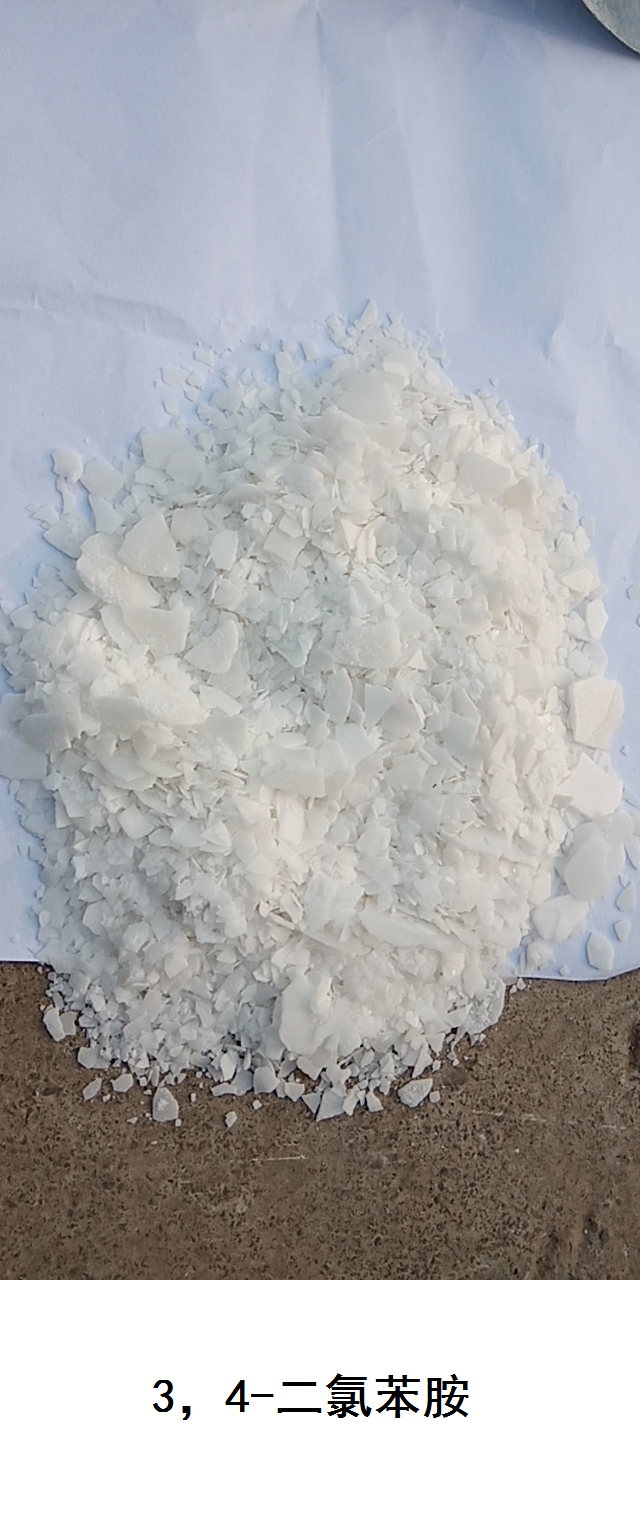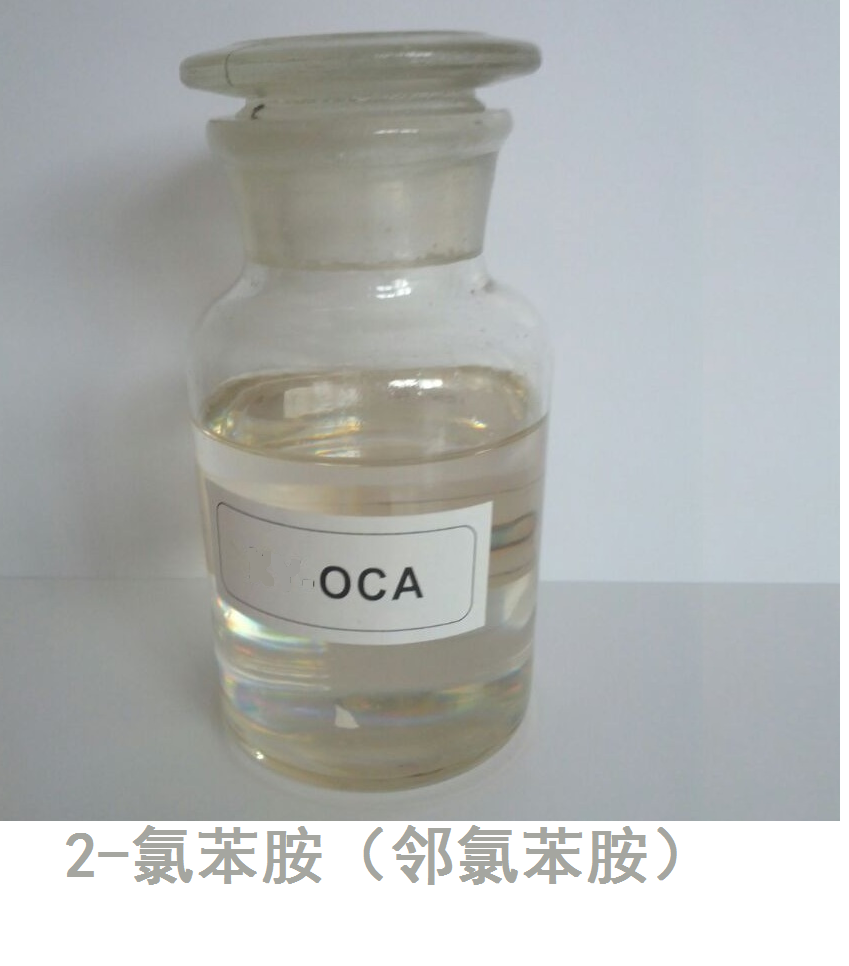Detail
|
nature |
| melting point |
170-173 °C(lit.) |
| boiling point |
183.4 °C34 mm Hg(lit.) |
| density |
1.625 g/mL at 25 °C(lit.) |
| Refractive index |
1.725 (589.3 nm) |
| flash point |
150 °C |
| Storage conditions |
2-8°C |
|
Merck |
14,3273 |
|
BRN |
1105828 |
| stability |
Stable, but may be shock-sensitive. May explode if heated. Incompatible with oxidizing agents, strong bases, nitric acid, many metals, tin oxides. |
|
CAS database |
|
|
|
|
| chemical property | White crystals. Melting point 174 ℃, boiling point 299 ℃ (103.6kpa), 183 ℃ (4.53kpa), relative density 1.625 (18 / 4 ℃). Soluble in benzene, acetone, acetic acid, toluene, ethyl acetate, slightly soluble in ethanol, chloroform, insoluble in water. It can volatilize with water vapor and sublime. |
| purpose | For organic synthesis. |
| Production method | Prepared from p-nitroaniline through the following steps. P-nitroaniline was dissolved in fluoroboric acid solution and cooled with ice bath. Add sodium nitrite aqueous solution dropwise with stirring, stir for several minutes after adding, and filter by suction. The obtained diazo fluoroborate was washed with cold fluoroboric acid, 95% ethanol and diethyl ether, and then mixed with water to form a suspension. The suspension was slowly added to the mixture of aqueous sodium nitrite solution and copper powder with stirring. After addition, filter, wash the crystals with water, dilute sodium hydroxide solution and water in turn. And dried at 110 ℃. After grinding into powder, boil it with benzene for extraction, distill the extract, and crystallize the residue after recovering benzene with glacial acetic acid to obtain p-dinitrobenzene. The yield was 67-82%. |
Message
Related products







